The first telephoto lens used for filming on the moon, put up for auction
Almost new. Prepared for transportation. Can work at very low temperatures. Warning - may contain moon dust

David Scott with a Hasselblad camera and a connected 500mm telephoto lens
Apollo 15 (July 26, 1971) was the first project in the “J missions” series, the task of which was a long stay of the crew on the surface of the moon with scientific experiments. The Apollo 15 lunar module then included an electric rover on which astronauts could travel across the surface of the moon at a fairly decent speed.
')
It was then that the project team studied some geological formations in a region called the Apennines. These are the lunar mountains located in the northern part of the visible side of the moon on the southeastern border of the Sea of Rains. Lunar Apennines have a length of about 600 km and a maximum height of 5,400 meters, which gives them the right to be called the highest mountains on the visible side of the moon. In total, the astronauts of the Apolon 15 expedition skated at that time 27.9 km across the moon. Part of this time they were shooting with a camera with a 500mm telephoto lens.
Due to the rather massive telephoto lens, it was decided to use about 0.4 kg less fuel for the lunar module than was previously planned. This paid off - with the help of the camera an excellent photographic material was shot: 293 photos. Due to the increase, the astronauts were able to photograph distant objects with excellent image quality, which made it possible to judge the geological structure of the moon regions visited by the astronauts. Earlier, the standard for "lunar" cameras was considered a 60 mm telephoto lens (cameras - Hasselblad).
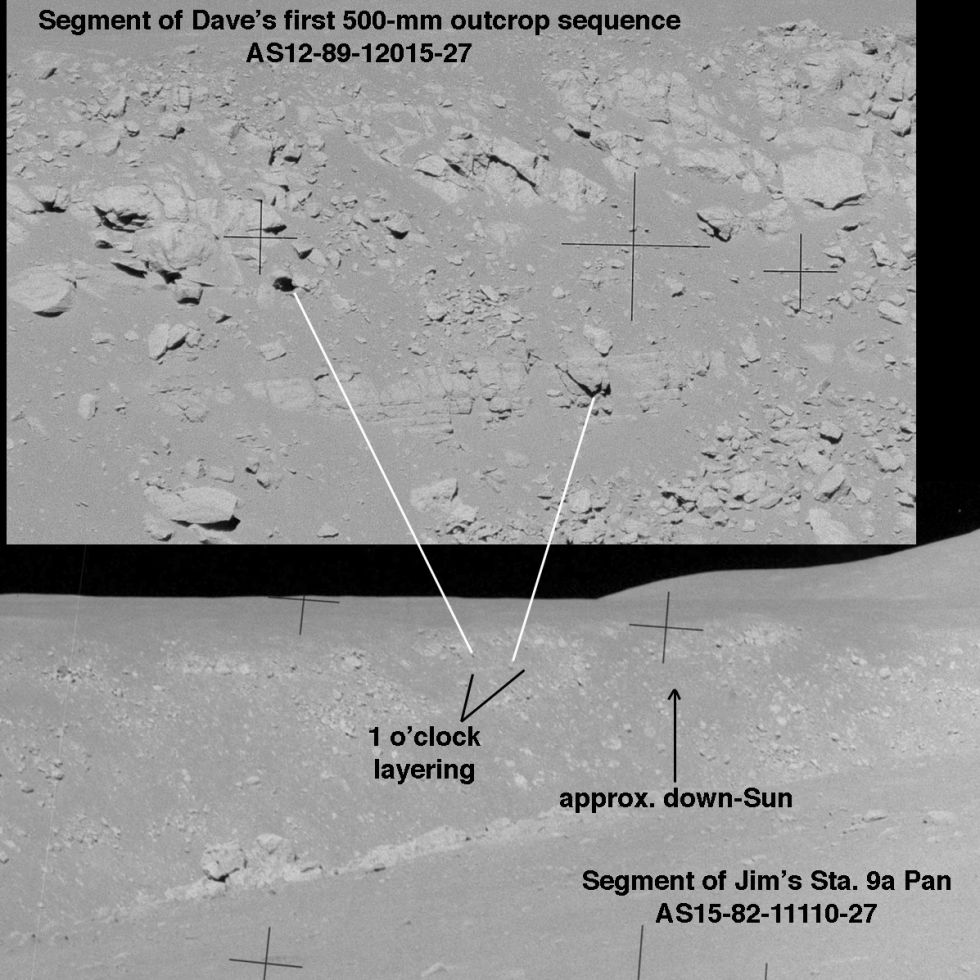
These two shots easily show the difference in the quality of pictures taken using a 500 mm telephoto lens and a 60 mm telephoto lens.
The first man to fall on the moon (David Scott, who is now selling a telephoto lens, fell)
Now a 500 mm telephoto lens has been put up for auction by its former owner, David Scott. Expected selling price - $ 400,000 - 600,000.
After the expedition, NASA did not take the telephoto lens from the astronaut, allowing him to keep it as a reminder. In 2012, Congress passed a law that opened the way for astronauts from Mercury, Gemini, and Apollo to put up for sale artifacts obtained during space expeditions. True, this does not apply to lunar rocks.
Let me remind you that in 2014 the Hasselblad camera, which also visited the moon, was sold for 660 thousand euros.
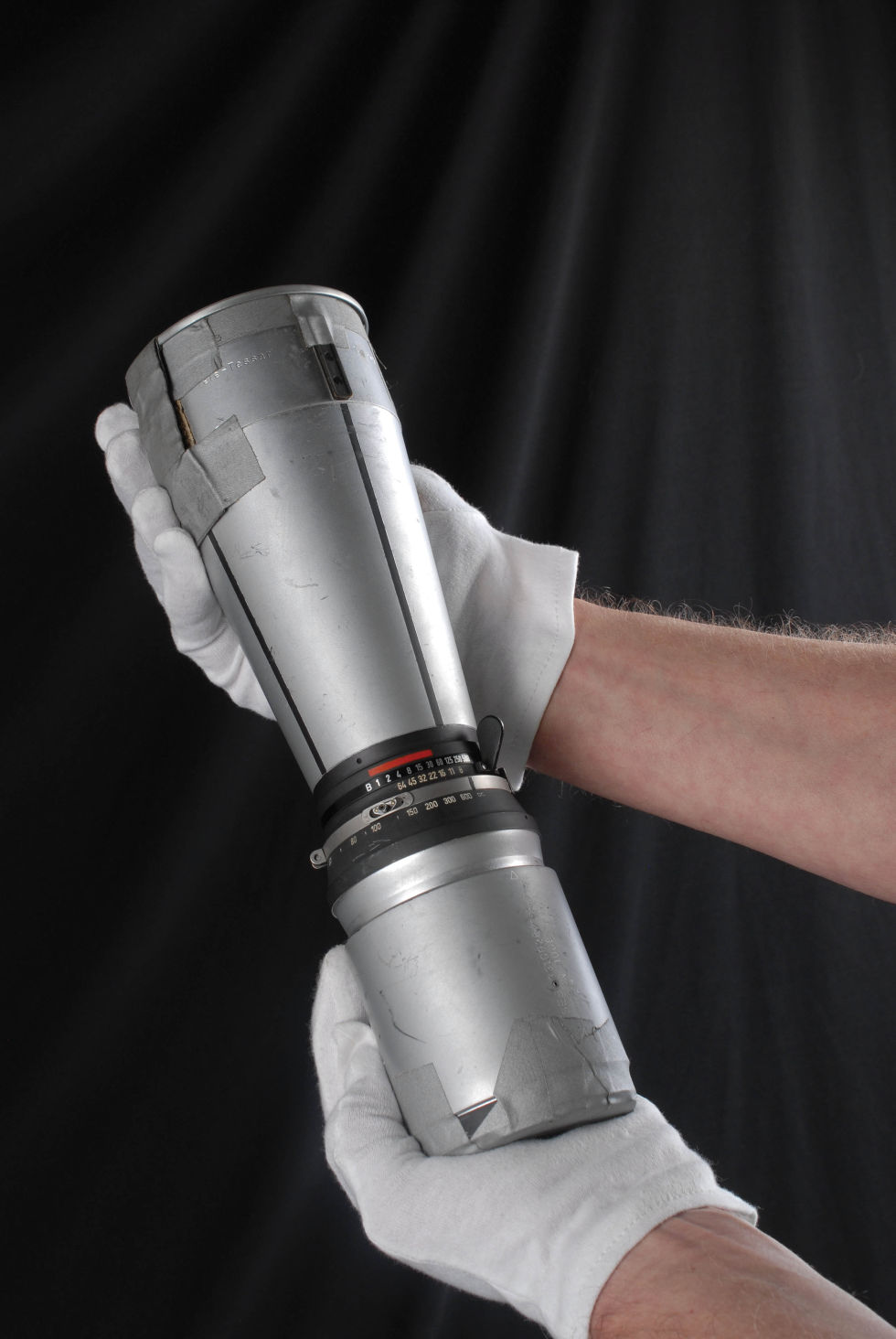
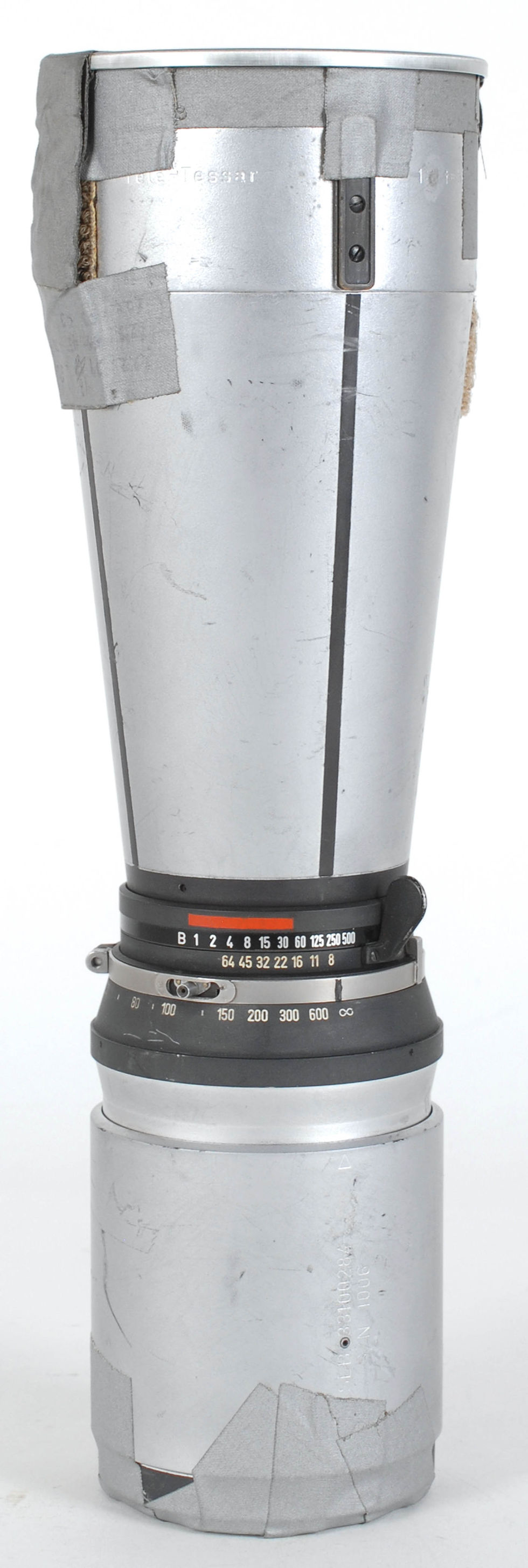




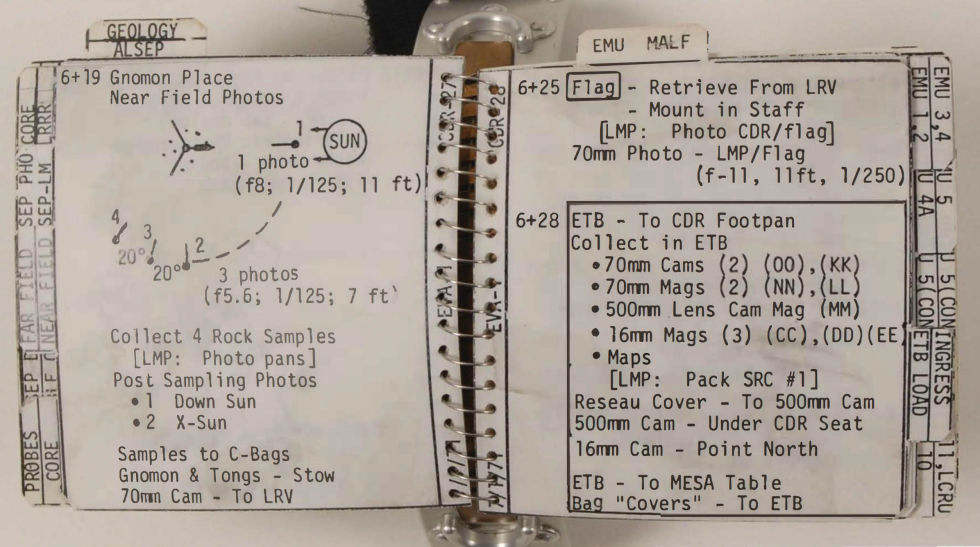
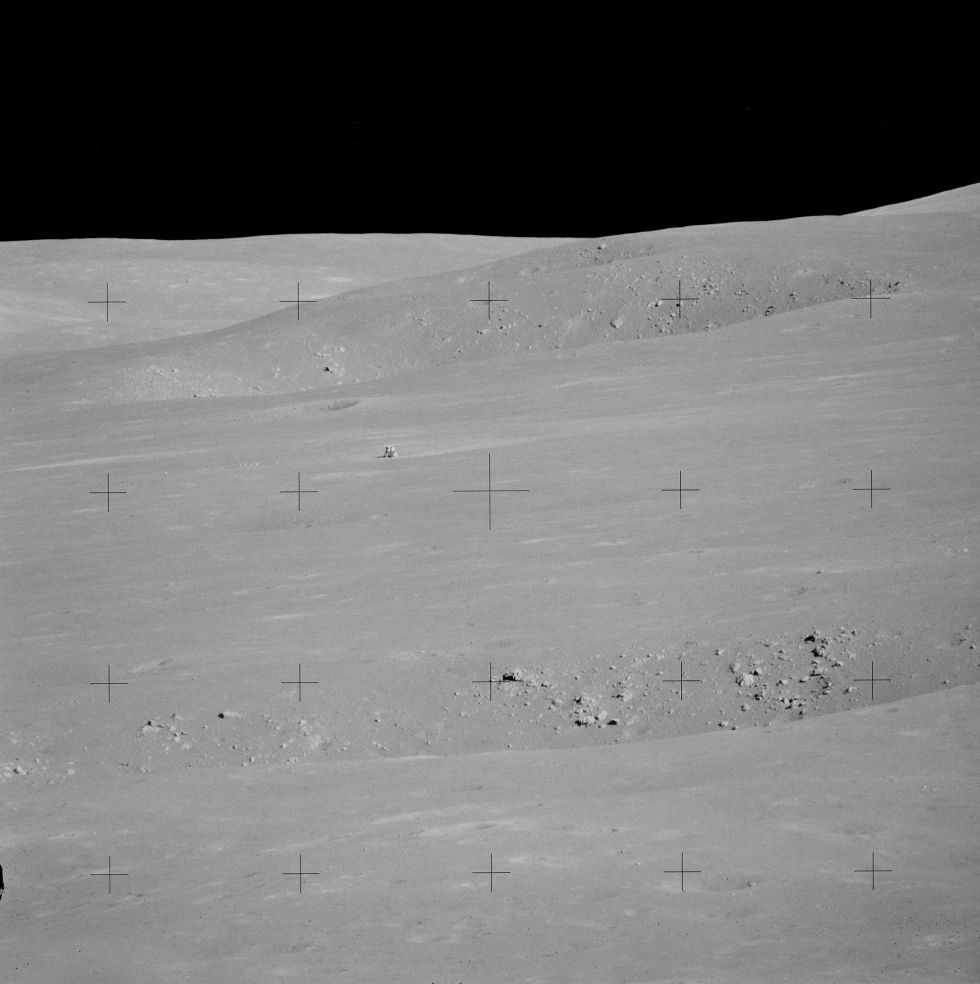


David Scott with a Hasselblad camera and a connected 500mm telephoto lens
Apollo 15 (July 26, 1971) was the first project in the “J missions” series, the task of which was a long stay of the crew on the surface of the moon with scientific experiments. The Apollo 15 lunar module then included an electric rover on which astronauts could travel across the surface of the moon at a fairly decent speed.
')
It was then that the project team studied some geological formations in a region called the Apennines. These are the lunar mountains located in the northern part of the visible side of the moon on the southeastern border of the Sea of Rains. Lunar Apennines have a length of about 600 km and a maximum height of 5,400 meters, which gives them the right to be called the highest mountains on the visible side of the moon. In total, the astronauts of the Apolon 15 expedition skated at that time 27.9 km across the moon. Part of this time they were shooting with a camera with a 500mm telephoto lens.
Due to the rather massive telephoto lens, it was decided to use about 0.4 kg less fuel for the lunar module than was previously planned. This paid off - with the help of the camera an excellent photographic material was shot: 293 photos. Due to the increase, the astronauts were able to photograph distant objects with excellent image quality, which made it possible to judge the geological structure of the moon regions visited by the astronauts. Earlier, the standard for "lunar" cameras was considered a 60 mm telephoto lens (cameras - Hasselblad).

These two shots easily show the difference in the quality of pictures taken using a 500 mm telephoto lens and a 60 mm telephoto lens.
The first man to fall on the moon (David Scott, who is now selling a telephoto lens, fell)
Now a 500 mm telephoto lens has been put up for auction by its former owner, David Scott. Expected selling price - $ 400,000 - 600,000.
After the expedition, NASA did not take the telephoto lens from the astronaut, allowing him to keep it as a reminder. In 2012, Congress passed a law that opened the way for astronauts from Mercury, Gemini, and Apollo to put up for sale artifacts obtained during space expeditions. True, this does not apply to lunar rocks.
Let me remind you that in 2014 the Hasselblad camera, which also visited the moon, was sold for 660 thousand euros.









Source: https://habr.com/ru/post/392601/
All Articles